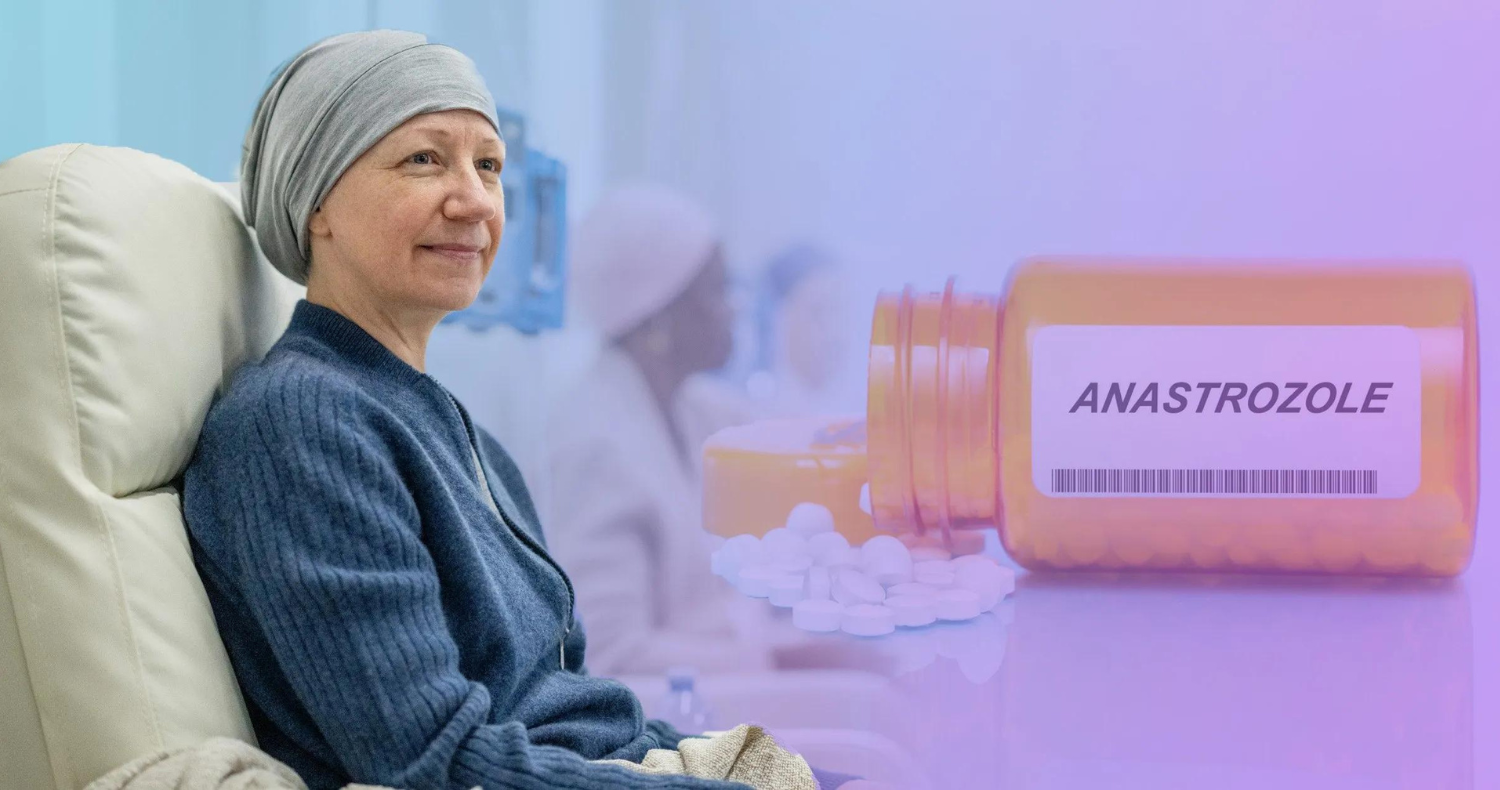London (Parliament Politic Magazine) – A medication formerly employed in the treatment of breast cancer is now being extended to high-risk women as a preventive measure. Researchers have discovered that Anastrozole, a hormone therapy, can serve as a preventive measure against breast cancer in women, with its protective benefits persisting for several years even after the treatment has concluded.
Previously utilized in breast cancer treatment, this drug has now been “repurposed” for prevention. Notably, it is the inaugural drug to undergo evaluation under NHS England’s Medicines Repurposing Programme.
What Is the Drug?
NHS Chief Executive Amanda Pritchard expressed her enthusiasm, stating, “It’s truly remarkable that this essential risk-reduction method could potentially spare thousands of women and their families from the anguish of a breast cancer diagnosis.”
“Allowing more women to live healthier lives, free of breast cancer is truly remarkable, and we hope that licensing Anastrozole for a new use today represents the first step to ensuring this risk-reducing option can be accessed by all who could benefit from it.”
While the National Institute for Health and Care Excellence (Nice) initially suggested Anastrozole as a preventive choice in 2017, its utilization remained limited due to the absence of a license for this specific application.
Now, the Medicines and Healthcare Products Regulatory Agency has officially granted the drug a license for use as a preventive measure. Anastrozole operates by reducing the production of the hormone estrogen in a patient’s body, accomplished through the inhibition of an enzyme known as aromatase.
Patients are prescribed this treatment in the form of a 1mg tablet, to be taken once a day over a course of five years. Its mechanism of action involves reducing the production of the hormone estrogen in the patient’s body by inhibiting the enzyme aromatase.
How Can Women Get This Treatment?
Women who have entered the postmenopausal stage and have a significant family history of breast cancer are eligible candidates for this medication, as explained by Professor Peter Johnson, NHS England’s National Clinical Director for cancer.
The professor recommends that women falling into this category should consult with their general practitioner (GP) to explore whether this drug is an appropriate option for them.
A total of 289,000 postmenopausal women in England, identified as having a moderate to high risk of breast cancer, will be provided with the drug as part of an initiative to mitigate the risk of developing the disease.
Clinical trials have revealed that this drug can lower the incidence of breast cancer among eligible women by 49% over an 11-year period. This suggests that if only a quarter of eligible women in England accept the offer, and half of them adhere to the recommended five-year course of the drug, it could potentially prevent 2,000 cases of breast cancer.
Prof Johnson states: “I think it is always going to be a more restricted number of people for whom the risk of breast cancer is particularly high. Not everybody will get on with it, some people do get side effects, no doubt about that.” The medication’s most frequently reported side effects include hot flushes, weakness, joint pain and stiffness, arthritis, skin rash, nausea, headaches, osteoporosis, and depression.
Read More: Key Hurdles Confronting the Healthcare and Care Systems in England
How Does the Treatment Work?
Anastrozole was initially endorsed as a preventative measure by the National Institute for Health and Care Excellence (Nice) in 2017. However, due to its unlicensed status for this purpose, its adoption remained limited.
Now, researchers have discovered that the protective benefits persist for several years after a woman discontinues the drug, and it has received official licensing from the Medicines and Healthcare Products Regulatory Agency. Lesley-Ann Woodhams, who has a family history of the condition, completed the entire five-year Anastrozole course in January 2023 and described it as a precious gift.
This treatment consists of a daily intake of a 1mg tablet for a span of five years, operating by reducing the body’s estrogen production through the inhibition of an enzyme called aromatase. Common side effects of this medication include hot flushes, weakness, joint pain or stiffness, arthritis, skin rash, nausea, headaches, osteoporosis, and depression. Breast cancer ranks as the most prevalent form of cancer in England, with approximately 47,000 women diagnosed each year.


